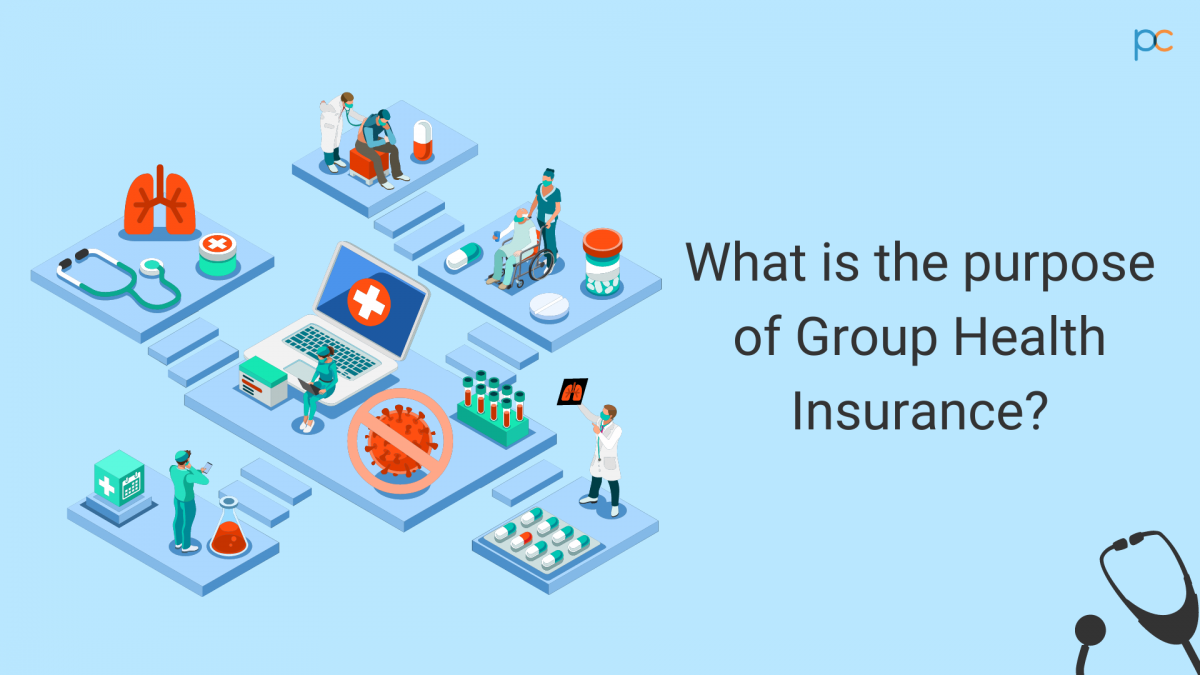Pacific Prime for Dummies
Pacific Prime for Dummies
Blog Article
7 Easy Facts About Pacific Prime Shown
Table of ContentsThe Ultimate Guide To Pacific Prime9 Easy Facts About Pacific Prime Described6 Simple Techniques For Pacific PrimePacific Prime Fundamentals ExplainedThings about Pacific Prime

This is because the data were accumulated for a period of strong financial efficiency. Of the estimated 42 million individuals that were uninsured, just about regarding 420,000 (concerning 1 percent) were under 65 years of age, the age at which most Americans end up being qualified for Medicare; 32 million were adults between ages 18 and 65, about 19 percent of all grownups in this age; and 10 million were children under 18 years of age, regarding 13.9 percent of all youngsters (Mills, 2000).
These price quotes of the number of persons uninsured are created from the yearly March Supplement to the Current Population Survey (CPS), carried out by the Demographics Bureau. Unless or else kept in mind, national quotes of individuals without medical insurance and proportions of the population with different type of insurance coverage are based upon the CPS, the most widely utilized resource of quotes of insurance policy coverage and uninsurance rates.
An Unbiased View of Pacific Prime

Still, the CPS is particularly useful because it generates annual quotes reasonably quickly, reporting the previous year's insurance policy coverage estimates each September, and due to the fact that it is the basis for a regular collection of price quotes for more than 20 years, enabling evaluation of patterns in protection gradually. For these factors, in addition to the substantial use of the CPS in other research studies of insurance protection that are provided in this report, we depend on CPS quotes, with limitations kept in mind.

The estimate of the number of without insurance people expands when a populace's insurance policy condition is tracked for several years. Over a three-year period starting early in 1993, 72 million people, 29 percent of the U.S. https://iridescent-horse-hspdzg.mystrikingly.com/blog/welcome-to-pacific-prime. populace, were without insurance coverage for at the very least one month. Within a single year (1994 ), 53 million individuals experienced at least a month without insurance coverage (Bennefield, 1998a)
Six out of every 10 uninsured adults are themselves used. Although working does boost the likelihood that a person and one's household members will have insurance, it is not a guarantee. Also members of households with 2 full-time breadwinner have nearly a one-in-ten opportunity of being uninsured (9.1 percent without insurance rate) (Hoffman and Pohl, 2000).
The Ultimate Guide To Pacific Prime
New immigrants make up a considerable proportion of individuals without health and wellness insurance coverage. One evaluation has actually attributed a considerable part of the current growth in the size of the U.S. without insurance population to immigrants that got here in the country between 1994 and 1998 (Camarota and Edwards, 2000). Recent immigrants (those that concerned the USA within the previous 4 years) do have a high price of being without insurance (46 percent), but they and their kids represent simply 6 percent of those without insurance policy across the country (Holahan et al., 2001).
The relationship between medical insurance and accessibility to care is well established, as documented later in this chapter. Although the connection in between medical insurance and wellness end results is neither straight neither easy, a substantial clinical and health solutions research study literature links medical insurance coverage to improved access to care, far better top quality, and boosted individual and populace health and wellness status.
Levels of evaluation for analyzing the results of uninsurance. It focuses especially on those without any wellness insurance for any type of size of time.
9 Easy Facts About Pacific Prime Shown
The problems encountered by the underinsured are in some aspects similar to those encountered by the without insurance, although they are typically less extreme. Health and wellness insurance, nonetheless, is neither needed nor enough to obtain access to clinical services. The independent and direct impact of health and wellness insurance policy protection on access to wellness solutions is well established.
Others will certainly obtain the health treatment they require even without medical insurance, by spending for it out of pocket or seeking it from companies who use care free or at very subsidized rates. For still others, health insurance policy alone does not guarantee invoice of treatment as a result of various other nonfinancial obstacles, such as a lack of wellness care suppliers in their community, minimal access to transport, illiteracy, or linguistic and social differences.
3 Easy Facts About Pacific Prime Shown
Formal research study concerning without insurance populations in the United States dates to the late 1920s and early 1930s when the Committee on the Expense of Healthcare generated a collection of records about financing physician office sees and hospital stays. pop over to this site This issue became salient as the numbers of medically indigent climbed during the Great Depression.
Report this page